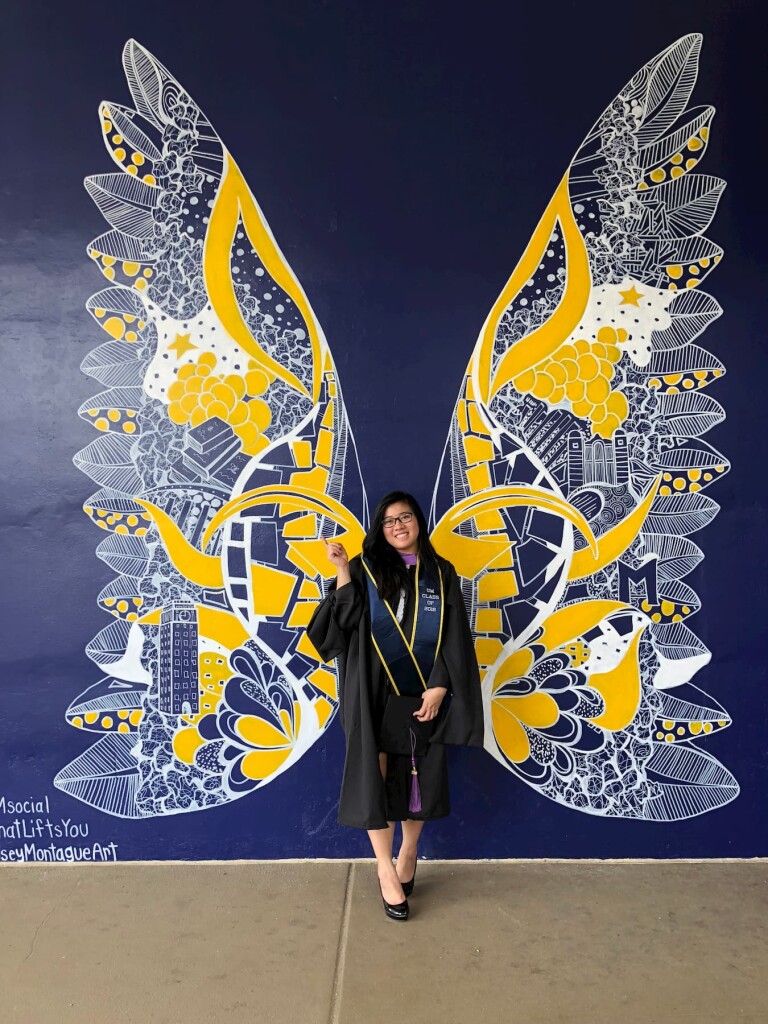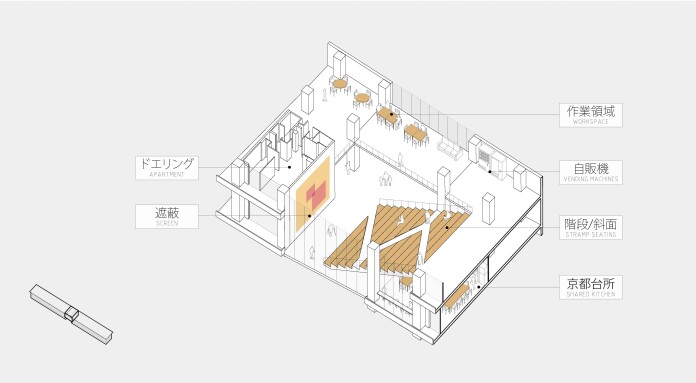Studying abroad in and of itself is already hard, add to that the challenge of finding the right career path. Shannen Budihardjo, a people-oriented architect, shares her story of how she stumbled into this field, and how that led her to co-found a mentorship program.
Dramatically over-scaled towers continue to dominate the skyline of major downtowns all across the globe, including Jakarta, San Francisco, New York, and just about any big city you can think of. To me, it is especially concerning to see the changes real estate developers have made to our cityscape. Every major city in the world seems to be competing to build the world’s next biggest and tallest skyscraper that feels as if it was designed for giants. As time progresses, our cities are losing their identities, instead of being a representation of the community who live in them. There are a million ways on how to create better spaces for people, from using warm materials that people want to touch, customizing movable walls that allow for better layout, creating plazas that encourage informal gatherings, to forming smaller blocks that promote walkability. We need human-centered architecture, which approaches architectural design by putting people at the center of the thought process of the designer. We need architecture that is informed by environmental psychology, designed to be mindful of the context, and catered to the human scale, mood, and activities. However, psychology is not part of the curriculum of architecture school. As a result, not a lot of architects are aware of the importance of designing to the human scale. Although aesthetics are important, we design for people and psychology is one of the most important aspects of building design.

Throughout my academic journey, I never really had a mentor in architecture, therefore, all the decisions that I have made were based on the information that I received from my friends, family, and the internet. I didn’t even know that there were so many different paths in architecture that you could focus on: form, sustainability, lighting, historical, vernacular, and so much more. Sustainability was a big thing when I was pursuing my undergraduate degree at the University of Washington and I realized that Indonesia has so much potential for sustainability, so I decided to focus my studies on sustainable architecture. As much as I enjoyed designing green buildings that minimize their negative impacts through material and design, once I started my internships, I realized that sustainability is still often ignored by clients and consultants. Even though architects can give recommendations about which recycled materials to use, what amount of solar panels to install, where the windows should be located, etc, sustainable architecture still has a long way to go, because of its high cost and relatively-low yield, before it can be accepted and implemented in the world, especially in Indonesia. I did not really feel like I was able to really produce “sustainable architecture”, at least not for the time being.
It was not until my last year as a Master of Architecture student at the University of Michigan that I realized my passion actually lies elsewhere, in people-oriented architecture. My thesis project was focused on repurposing a post-war governmental housing complex to solve the issue of loneliness of the elderly population in a Tokyo suburb through creating connections among the senior residents. The whole process of research, understanding the context and the people, designing, and executing the ideas was very fulfilling for me and it made me realize that people-centered architecture is my passion. I read books, attended online lectures, and took an environmental psychology class. In a sense, my passion was something that I stumbled upon and I ultimately had to investigate and learn about people-centered architecture by myself.
Looking back at all the struggles that I have gone through, I could not help but wonder how much time and effort I could have saved by having a mentor, who can help me understand the different options in the architecture world early on. I could have taken the relevant classes about environmental psychology and people-oriented architecture in university. Even though it worked out for me in the end, I went through a lot of trials and errors, and I learned everything by doing. The journey has not even started for many Indonesian youths out there and I realized that there are already a couple of mentorship opportunities available for career advancement or graduate school, like the IM Mentorship itself. However, I was not able to find affordable, independent mentorships for high school students who want to pursue an undergraduate degree. This is why I co-founded the MIMPI Movement, an online platform, where high school and university students can receive exposure to different fields, and receive mentorship and coaching to further understand their interests and craft their university applications. Indonesia is filled with some of the most talented and passionate individuals, but some of them just do not have the necessary guidance to succeed academically and professionally. Through MIMPI, I hope to help empower and enable Indonesian youths in pursuing higher education, one youth at a time.

MIMPI is, however, only a side venture for me. I am currently working full-time as an architectural designer in a small firm in San Francisco, trying my best to always put people at the center of my design. From my perspective, the hardest part of becoming a people-centered architect, however, was actually finding out about it and understanding what it really is. This is why I wanted to share with you about it through this article and to remind you, architects and non-architects, especially those who are still unsure of their passion or major interests, to educate yourself, work hard, and seek a mentor. There are hundreds of available majors out there, and there are even more specializations. I guarantee that you will find something you like if you just look hard enough. Never limit yourself to the mainstream and be the best version of yourself, and if you ever want to learn more about people-centered architecture, please don’t hesitate to contact me.










